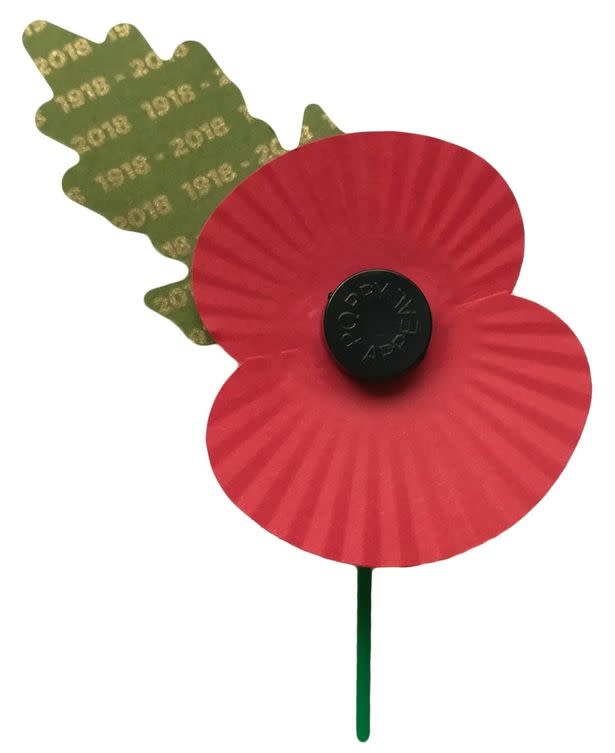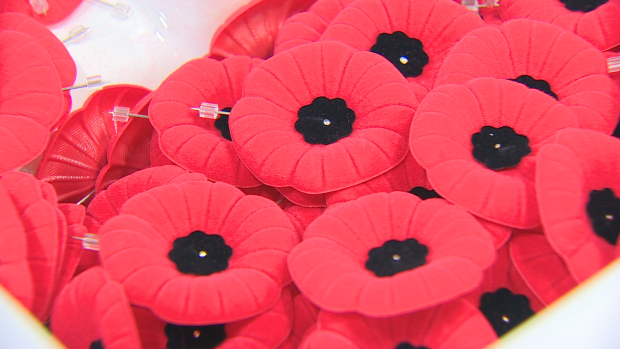One in six Remembrance Day poppies will feature special gold leaf design
One in six of this year’s poppies will feature a gold leaf print.
This autumn, the symbols of Remembrance feature a golden ‘1918 – 2018’ print on the leaf to commemorate 100 years since the close of the First World War.
The idea behind the patterned poppies is to encourage people to take a closer look at the poppy – which is now synonymous with remembering and paying respects to those who gave their lives during the Great War.

Although the gold leaf poppies may be slightly trickier to find, people will have to be even more eagle-eyed to spot the ‘khadi’ poppy.
The khaki poppy will not be made of the traditional paper, instead the same Indian linen work by Mahatma Gandhi.
In order to honour the 74,000 Indian Army servicemen who gave their lives in the First World War, around 40,000 of the special ‘khadi’ poppies have been produced.

This year will see the Royal British Legion preparing for their biggest Poppy Appeal yet.
From today, veterans, their families and volunteers will be selling poppies at designated sites as part of a campaign to raise £50 million.
The origin of the poppy as a symbol of Remembrance stems back to 1915, whenCanadian doctor Lieutenant Colonel John McCrae, saddened by the death of his friend, was inspired by the sight of poppies growing in battle-scarred fields to write a now famous poem called ‘In Flanders Fields’.
The poem inspired American academic, Moina Michael, to make and sell red silk poppies which were brought to England by a French woman, Anna Guérin.
The Royal British Legion, which later formed in 1921, ordered 9 million of these poppies and sold them on 11 November that year.
The poppies sold out almost immediately and that first ever ‘Poppy Appeal’ raised over £106,000, which was a huge sum of money at the time.
This funding was used to help WW1 veterans with employment and housing.

 Yahoo News
Yahoo News 